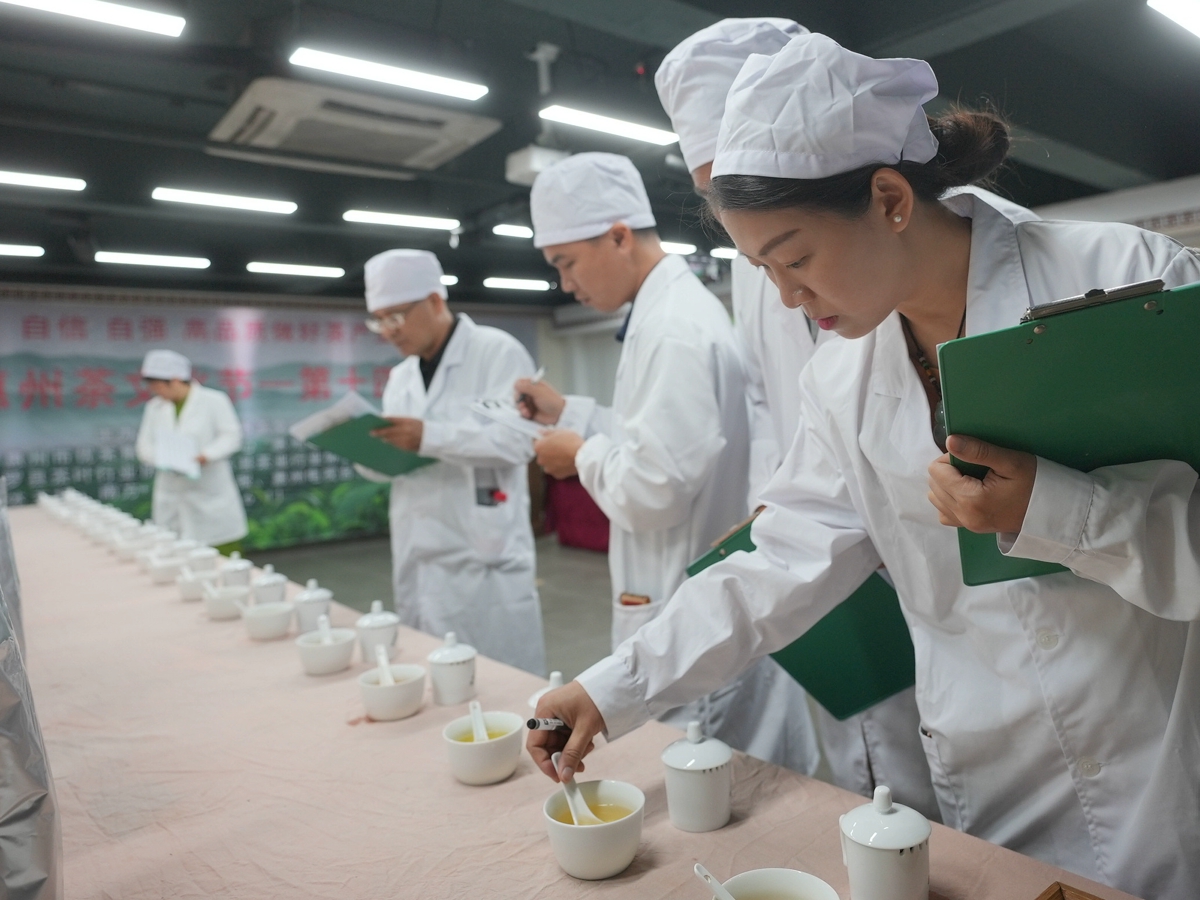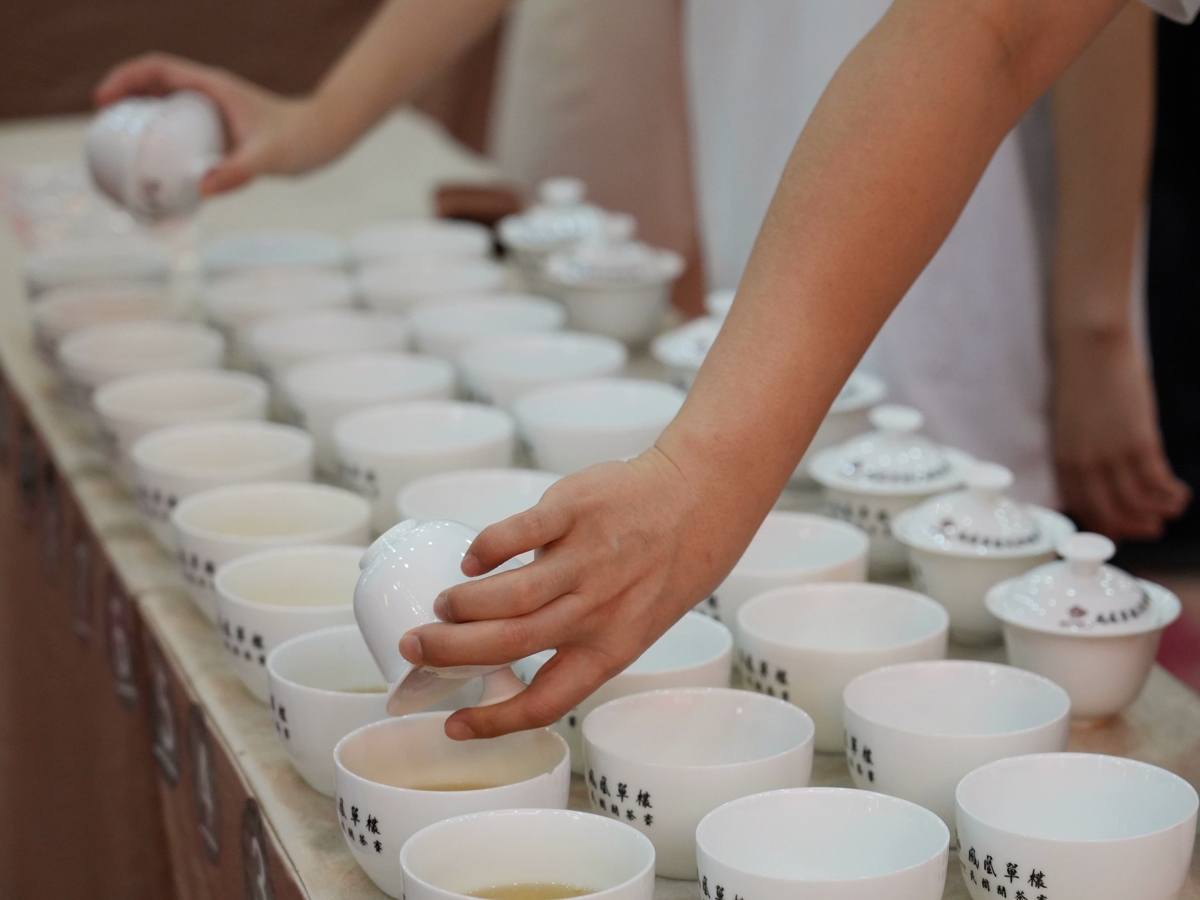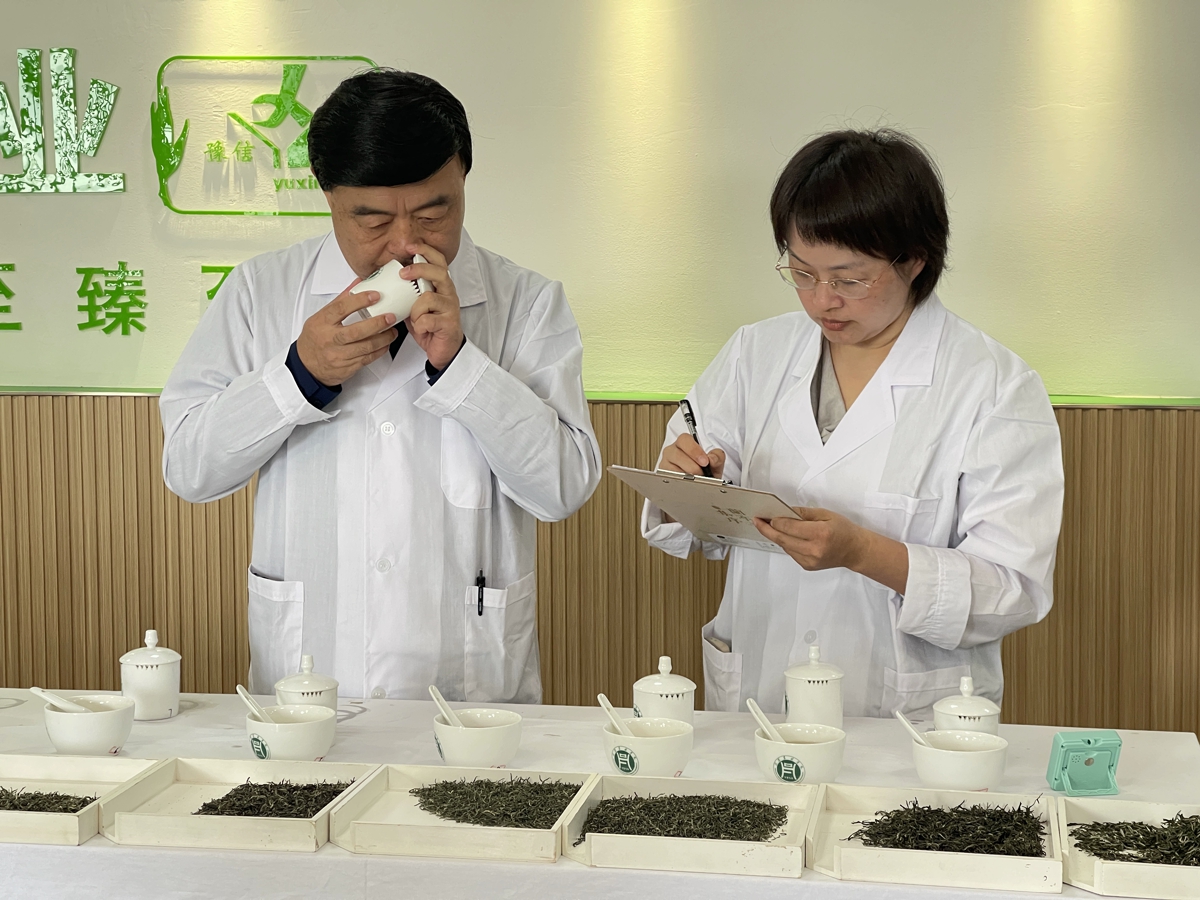Factors Affecting the Quality of Tea
Tea quality is the result of a complex interaction of many factors, from the tea plant variety and its growing conditions to the processing and storage technology. Let's take a closer look at what exactly influences the taste, aroma and overall impression of tea drinking.
1) Terroir
Terroir (from terre, land) is a French term that refers to the totality of natural conditions that affect the quality of a product grown in a particular area. In the context of tea, terroir includes:
- Soil: The composition of the soil, its minerality, acidity level and other characteristics directly affect the taste and aroma of the tea leaf.
- Climate: Temperature, humidity, number of sunny days, seasonal fluctuations – all this determines the rate of growth of the tea bush and the accumulation of useful substances in the leaves.
- Relief: Mountainous or flat landscape, altitude above sea level – these factors influence the microclimate and, accordingly, the taste of tea.
- Biodiversity: The flora and fauna surrounding the tea plantations also contribute to the unique taste.
Why is terroir so important to tea?
Imagine growing the same grape variety on different plots of land. Even with the same care, the wine will taste different due to the soil, climate, and other terroir factors. The same thing happens with tea.
Terroir gives tea its individuality. Tea from different plantations, even if they are located nearby, will have their own unique notes of taste and aroma. This is due to the fact that each terroir creates its own unique conditions for the growth of the tea bush, and the tea leaf absorbs all these nuances.
2) Raw material factor
The raw material for tea is fresh tea leaves. The quality of fresh leaves is the material basis for the quality of the final product. Different varieties of tea bushes, growing conditions, agricultural practices, quality of harvesting and other factors affect the growth of tea bushes and the quality of fresh leaves. Even with the most advanced technologies, it is impossible to obtain high-quality tea from low-quality raw materials. Therefore, the quality of fresh leaves is one of the key factors affecting the quality of tea. In addition, when producing tea, it is necessary to take into account the suitability of fresh leaves for a certain type of processing. The quality of fresh leaves must correspond to the type of tea produced in order to maximize the consumer and economic value of the product.
3) Processing factor
Processing technology is a key factor determining the quality of tea. Different technologies for processing fresh leaves result in tea with different quality characteristics. However, processing technology is a skill that requires not only theoretical knowledge but also extensive practical experience. The processing process cannot be the same for all types of tea. It is necessary to approach the processing of each variety individually, carefully, in order to obtain high-quality tea. Each stage of the processing process can affect the quality of tea. Even a slight deviation from the technology can lead to quality defects. For example, if green tea is processed incorrectly, reddening of the leaves, an unclean aroma with a green note, or even a smoky taste may appear. The same applies to other types of tea. Therefore, thoroughness and attention to detail in the processing process are of great importance for the formation of tea quality.
4) Environmental factor
The environmental factor includes processing and storage conditions. The requirements for the production environment for different types of tea may differ, but the main thing is that it should be clean and free of foreign odors. This primarily concerns finished tea, which must be kept in appropriate conditions during storage, transportation and sale to prevent deterioration in quality.
5) Storage factor
When storing tea, you should pay attention to the following aspects:
1. Temperature
Temperature accelerates the oxidation process of tea leaves, which leads to significant changes in aroma, color of the infusion and taste. The higher the temperature, the faster the changes occur, and the faster the tea leaf darkens and loses its original color. Green tea becomes less green, black tea less bright, and flower teas lose their aroma. Therefore, to preserve the quality of tea and extend its shelf life, it is recommended to store it at low temperatures. Low temperature slows down the oxidation processes of various components of tea, effectively preventing darkening and aging of tea. The optimal storage temperature is 0-5 ° C.
2. Humidity
Ready tea is highly hygroscopic and easily absorbs moisture from the air. Moisture absorption leads to deterioration in the quality of tea, loss of natural color, aroma and taste, and in severe cases can cause mold and spoilage. Therefore, tea should be stored in rooms with optimal humidity, avoiding exposure to moisture. If storage conditions are humid, it is necessary to pay attention to the tightness of the tea packaging. If possible, it is recommended to use a dehumidifier to maintain relative humidity below 75%.
3. Light
Light also has a negative effect on tea. When exposed to light, the colored substances in tea undergo photodecomposition, which leads to color loss and even oxidative redness. Therefore, tea should be stored in a dark place, and the packaging materials should be light-proof.
4. Oxygen
Atmospheric air contains 21% oxygen. If tea is stored without any protection under normal conditions, the lipids (aromatic substances) in the tea will quickly oxidize, which will cause the tea to lose its aroma, darken, have an unpleasant taste, and ultimately lose its freshness. Therefore, it is recommended to use vacuum packaging or packaging with an inert gas (such as nitrogen) to prevent oxidation of the tea.
5. Foreign odors
Tea has a porous structure and has a high adsorption capacity. In addition to hygroscopicity, tea also easily absorbs foreign odors. If tea is stored in a dirty or smelly place, tea absorbs these odors by adsorption, and these odors are fixed in the tea by fatty acids and terpene compounds, which leads to deterioration in the quality of tea and makes it unsuitable for consumption.
In conclusion, tea quality is the result of a complex interaction of many factors. Each stage, from growing the tea bush to brewing, has its impact on the final product. Understanding these factors will help you choose and brew tea so that you can enjoy its true taste and aroma.
- Комментарии
- Вконтакте








